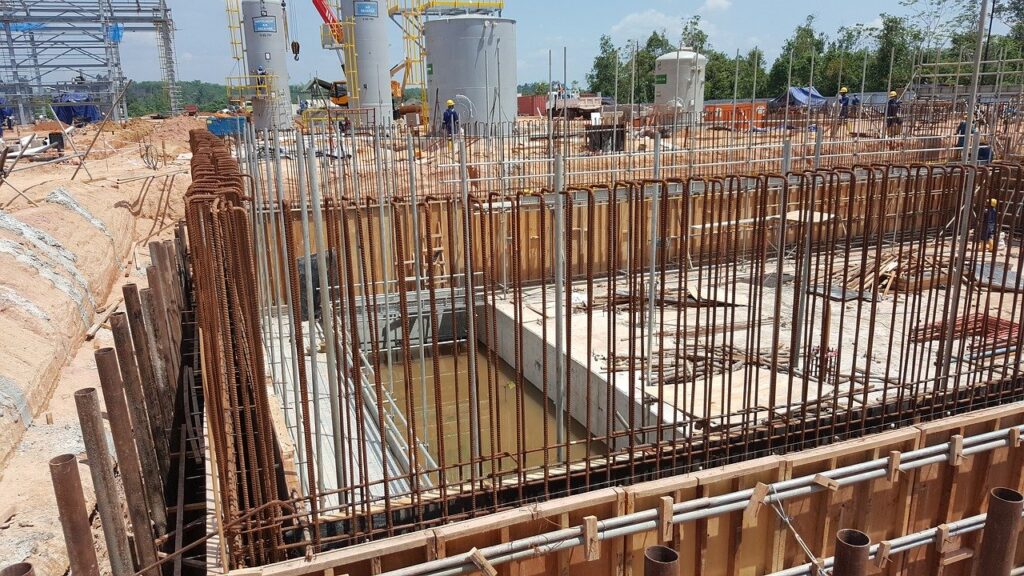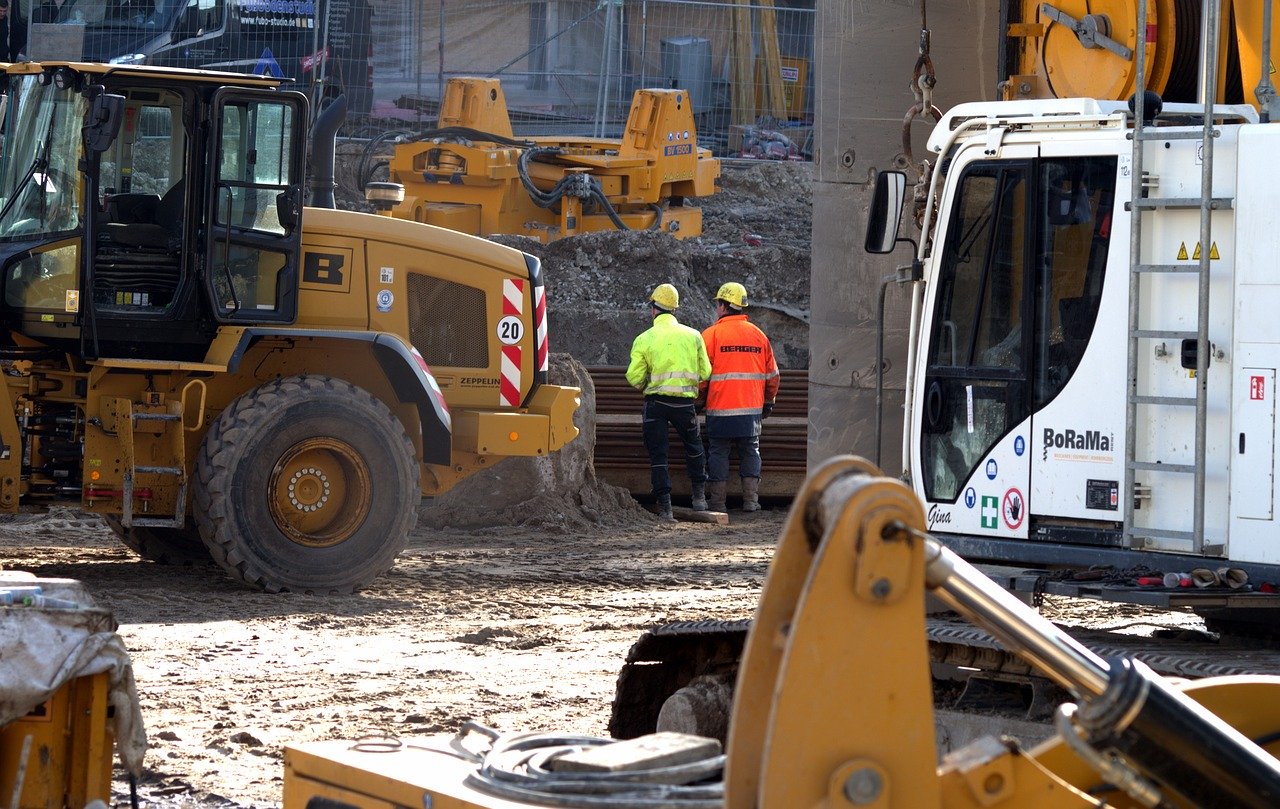Although a wide discipline, the concept of structural design in civil engineering can be summarized as the exercise of all activities concerning the mathematical modeling and analysis of civil structures such as pipeline supports, foundations, housing buildings, bridges, industrial facilities, energy and maritime infrastructure.
It is worth mentioning, each one of the above may require to understand various mathematical, mechanical and engineering notions. On many occasions, structural designers will need to finish several specialized studies in order to build an optimal model.
In reality, and for practical reasons, structural designers are asked as well to deliver materials quantifications to handle construction surveyors, come up with a rough budget and supervise the construction of structures.
Therefore, to some extent, they need to have different abilities other than an understanding of modeling of structures from a mathematical and mechanical perspective.
Activities on a designer engineer job
As we mentioned, the activities carried out for civil engineer designers are widely varied. They primarily use tools and software to build a simplified structure. However, there are ways to hand-calculate some strengths applied in joins of basic structures.
Many of these programs use finite element methods to analyze the response of the structure to different forces. Two of the most used software for analysis of structures are ETABS and SAAP2000. For dynamic analysis, which is the study of forces that rapidly change speed and value and consequently need to be studied in an interval of time, civil engineers use software such as CYPE CAD or MIDAS.
A designer usually is asked to assess the feasibility of an architectural model. That means, what the required materials would be and if whether the structure is financially viable besides the possible tricky scenarios during the construction from a design perspective.
Additionally, this, depending on the face of the project – planning, design, tendering, construction etc – structural engineers will hold meetings to guide and ensure all the conditions to build the structure are being met.
Quick overlook of a structural analysis
To simplify the topic a little bit, a structural analysis takes into account the composition of a structure and the forces which it is subjected to understand the effects and predict its behavior. All this with the goal of determining the maximum load that can take and the lifespan before failure.
At the most basic level, the structural analysis considers predetermined forces: gravity, live, dead and wind load and earthquakes. These loads have a particular effect on the element, said beam, column or a slab.
The load position and direction also influences the effect on the structure. Some of these forces may cause momentum. Bending elements of certain materials jeopardize further the lifespan. Case in point elements made out of concrete – this material has an excellent behavior when submitted to compression but not to tension.
From a mechanical standpoint, there are five types of forces: compression, shear, bending, torsion, and tension. The study of these loads is done through four types of analysis: dynamic, static, stability and vibration. Choosing either one depends on the environmental conditions and the use given to the structure.
As a result of the structural design and analysis, civil professionals need to decide if a material upgrade is necessary to ensure the balance, safety, and durability of the building. In extreme cases, or during the first phases of the construction, they hold meetings with architects for changing dimensions or repositioning elements.
Some fields a structural designer can work
From planning to constructions, designers can choose among a wide portfolio of activities:
Construction engineering
Sustainable design and construction
Designers working on sustainable construction employ cutting-edge technology to ameliorate the environmental and social impact of civil designs. Sustainable construction requires to put first the conservation of fauna and flora, additional to the human well-being over the costs of the building.
Assessment and inspection of construction
In the last phases of construction, sometimes designers are asked to check reports made from field engineers and go to the construction site. In these reports, they will find the materials, dimensions, reinforcement among other details.
They should verify everything matches the plans delivered during the design stage. Although this is not a common task, it is quite necessary at some point. Designers working on industrial construction particularly have to go to the field to supervise.
Water infrastructure
Sanitary and hydraulic infrastructure
Sanitary and hydraulic structures are not the same. While sanitary pipelines collect waste to dispose of it in places where human health is not harmed, hydraulic designs have a completely different purpose.
Structural hydraulic designs aim to change the flow of water bodies, they can be flumes or weirs and both are made to transport water. A clear hydraulic structure is a dam – this one combines principles of energy conservation to generate energy by the use of a civil structure.
Industrial structural design
Structures used for industrial purposes are airports, warehouses, highways, dams, manufactures, energy plants among others. As the rule of thumb, industrial infrastructure is usually built to provide a direct product or service.
Industrial infrastructures characterize by having a massive size and the need for investing large amounts of money. Structural design to build industrial buildings plays a key role in societies and economies – the designer must be aware of factors outside of the environment but also the social impact.
Let’s put the example of a big warehouse to store heavy machinery. In principles, this should be an easy construction. And yet, designers must follow a set of rules such as site temperature and other environmental conditions to choose the materials. The solution provided sometimes required to consider tragic scenarios like if a machine hits a column. Part of the design analysis must take into account situations like this and ensure the whole structure won’t collapse – at least not immediately.
Housing
This is one of the most common fields. Structural design for housing follows a set of regulations that change depending on the country, weather conditions, etc. Variables like earthquakes, dead, live, snow and rain load are pre-calculated depending on the geographical location of the house.




